Bitcoin’s most patient investors are cashing in at a historic pace. Glassnode data compiled by CoinDesk shows long-term holders have realized roughly 3.27 million BTC in profits since early 2024, already eclipsing the entire 2021 cycle and second only to the 2016–2017 peak of about 3.93 million BTC. The latest wave of profit-taking has arrived alongside increased market liquidity, with analysts noting that more legacy coins have been on the move in recent weeks.
Despite the heavy distribution, context matters. Long-term holders (typically defined as addresses that have held coins for 155 days or more) tend to sell into strength after prolonged appreciation, and several on-chain gauges suggest they’re doing so from a position of deep profit rather than stress. CryptoQuant’s recent work also points to elevated, but not yet extreme, realized profit readings, consistent with an advanced but still orderly phase of the cycle.
For markets, the key question is how much supply remains to be absorbed. CoinDesk’s earlier analysis highlighted that more than 72% of circulating BTC sits in illiquid wallets, a backdrop that can mute persistent sell-side pressure when demand is steady. At the same time, realized-profit milestones often coincide with choppier price action as short-term holders react to volatility, creating a push-pull between distribution and hodling.
So far, the evidence cuts both ways. The sheer scale of realized gains argues for ongoing overhead supply as some long-term investors de-risk, yet the fact that this cycle still trails 2017’s realized-profit record leaves room, at least historically, for further distribution before a final peak. Traders watching on-chain flows, ETF net activity and miner behavior will have the best read on whether the market digests this supply smoothly or slips into a deeper consolidation.
Bottom line: long-term holders have already banked more bitcoin profits than they did in 2021, but the cycle hasn’t exhausted the extremes seen eight years ago. Whether that gap closes will depend on how demand, from institutions to retail, meets the steady stream of coins now coming back to market.

.svg)



















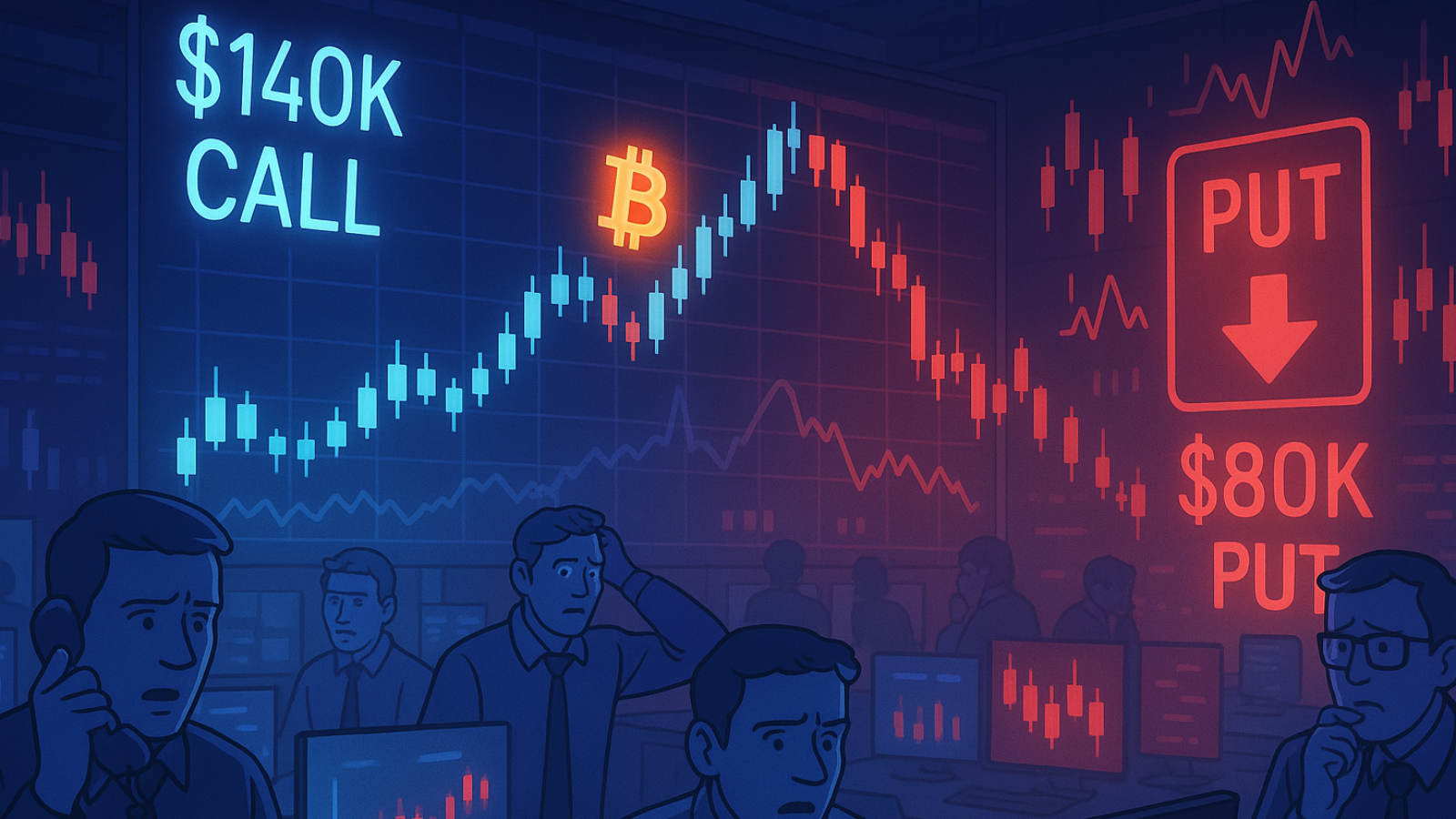












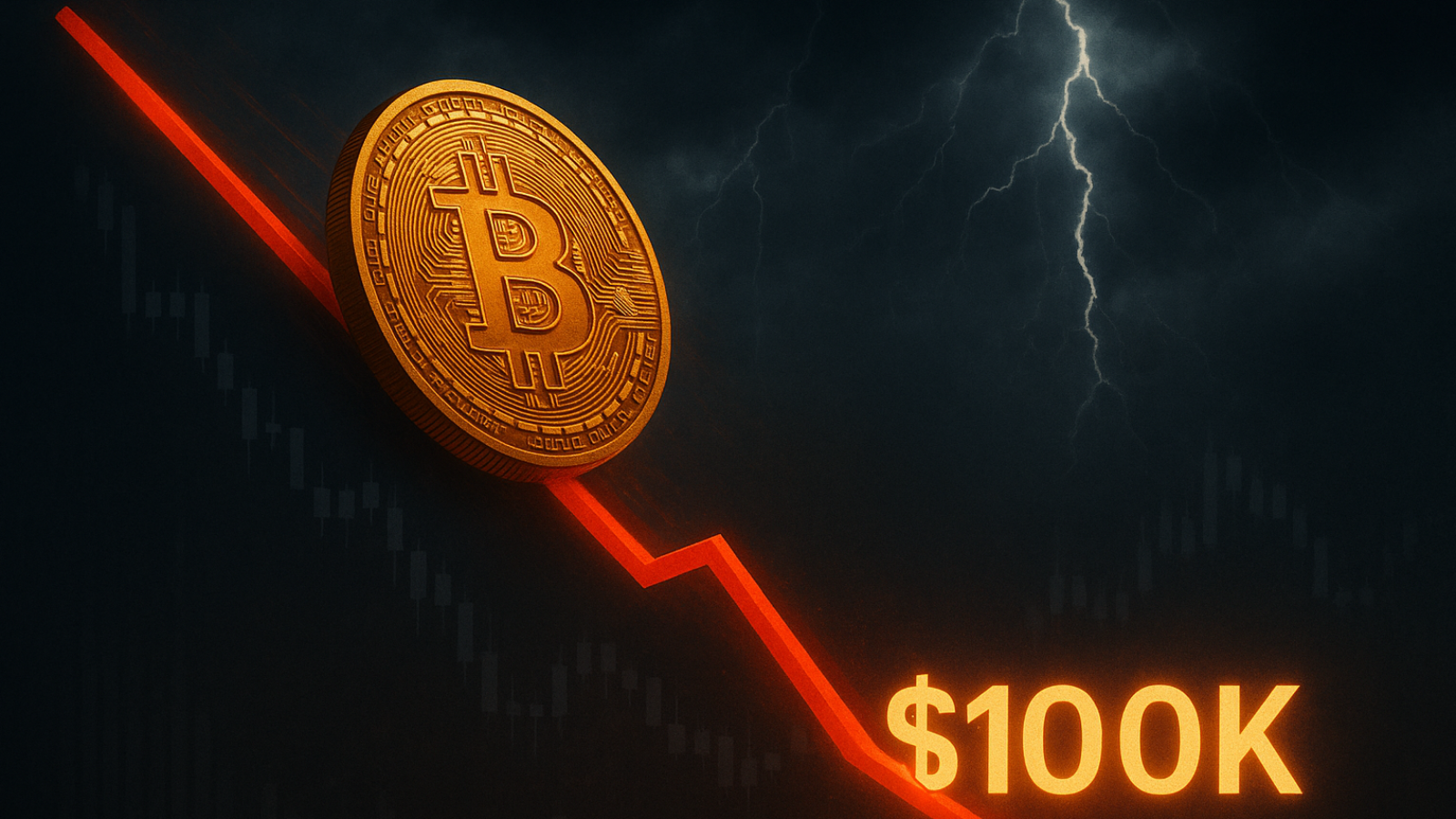
















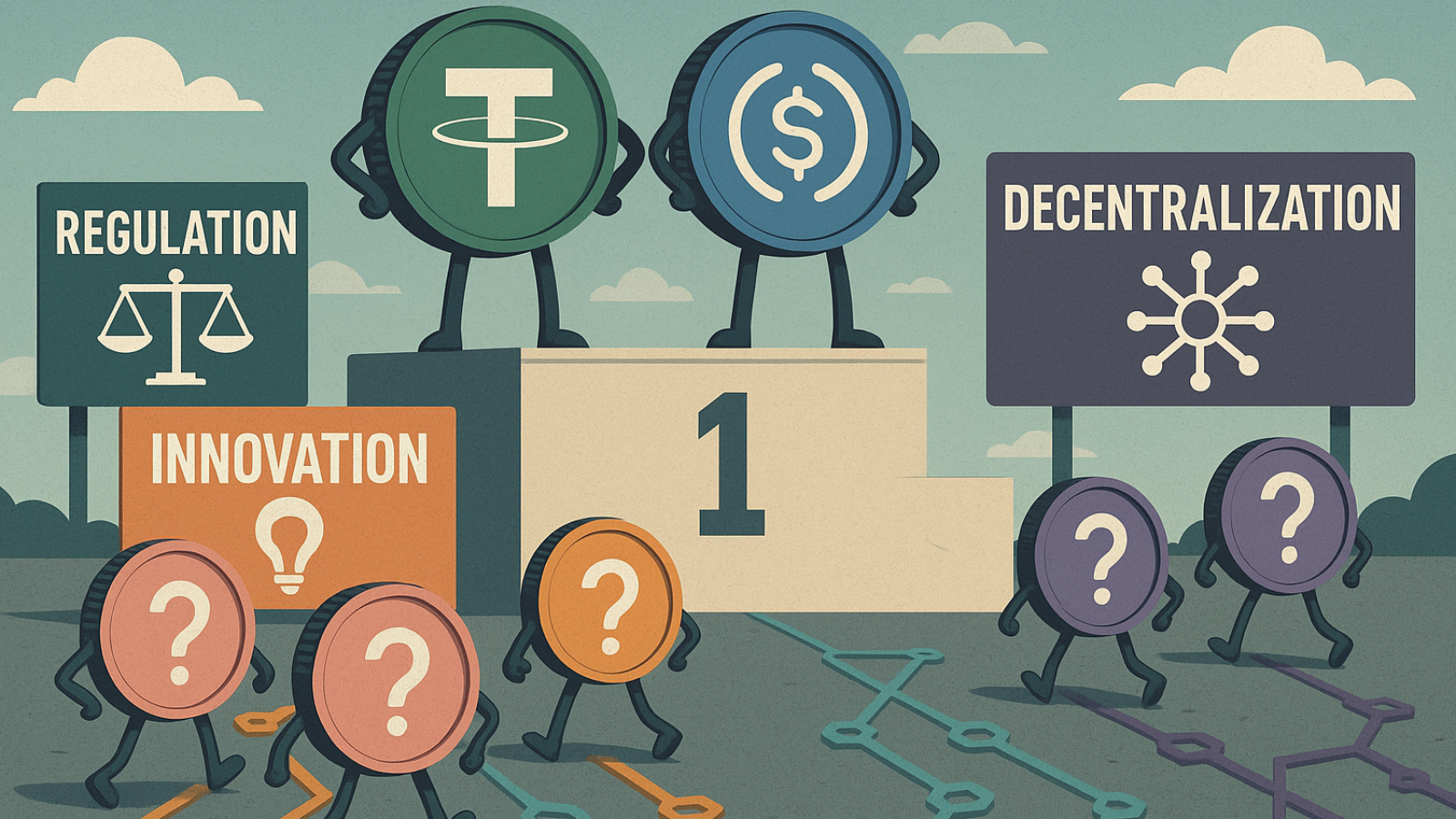







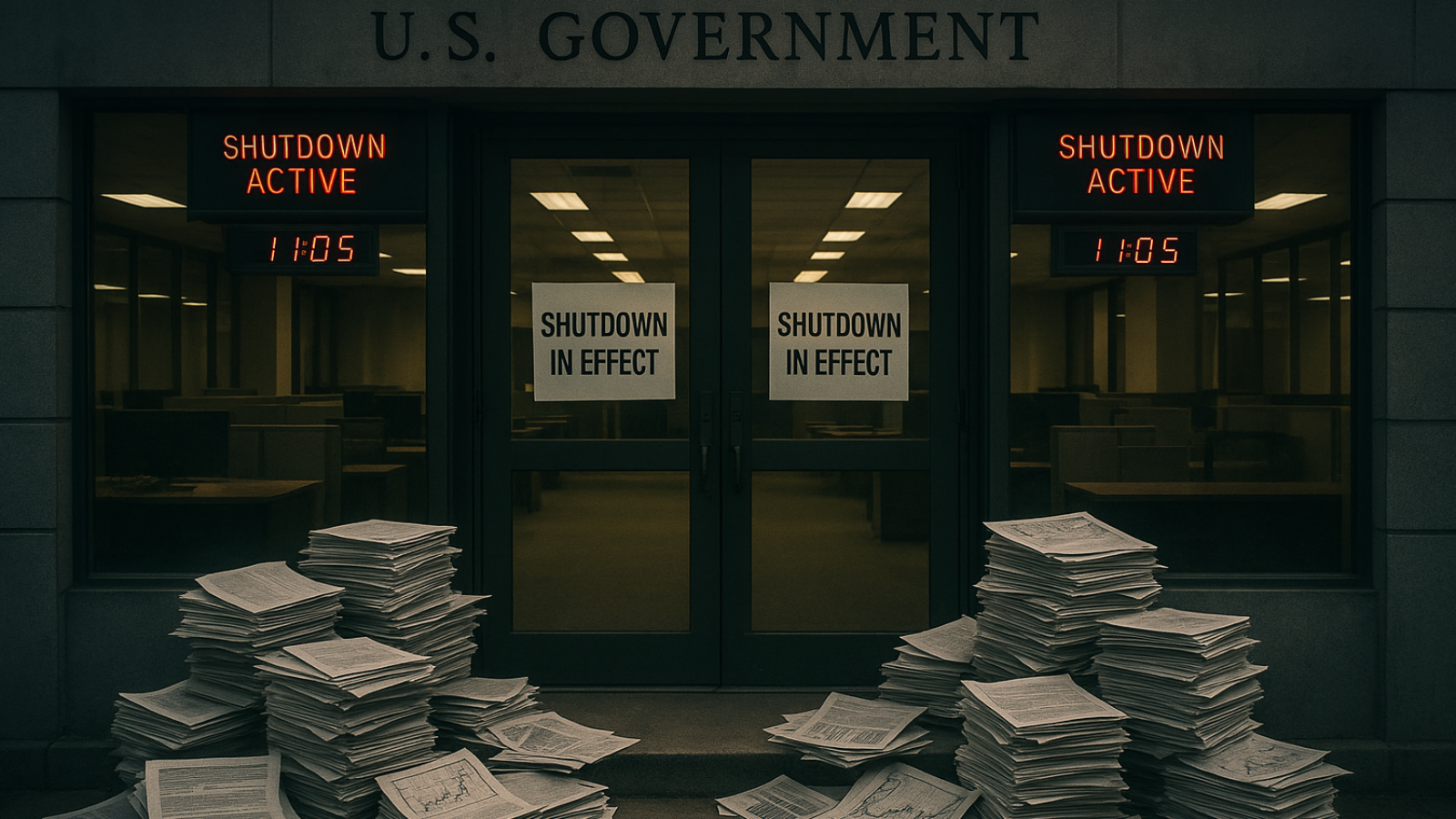

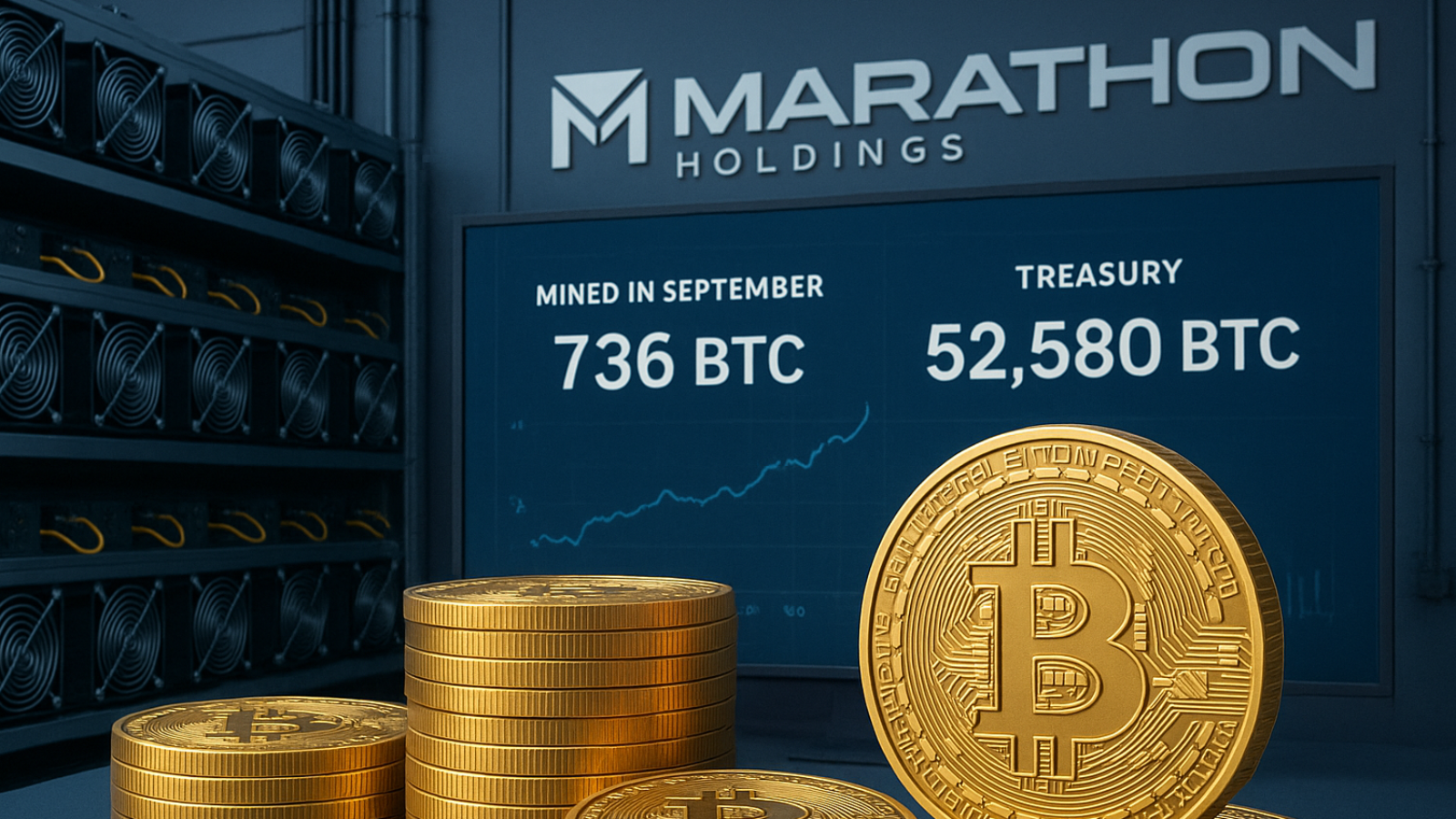
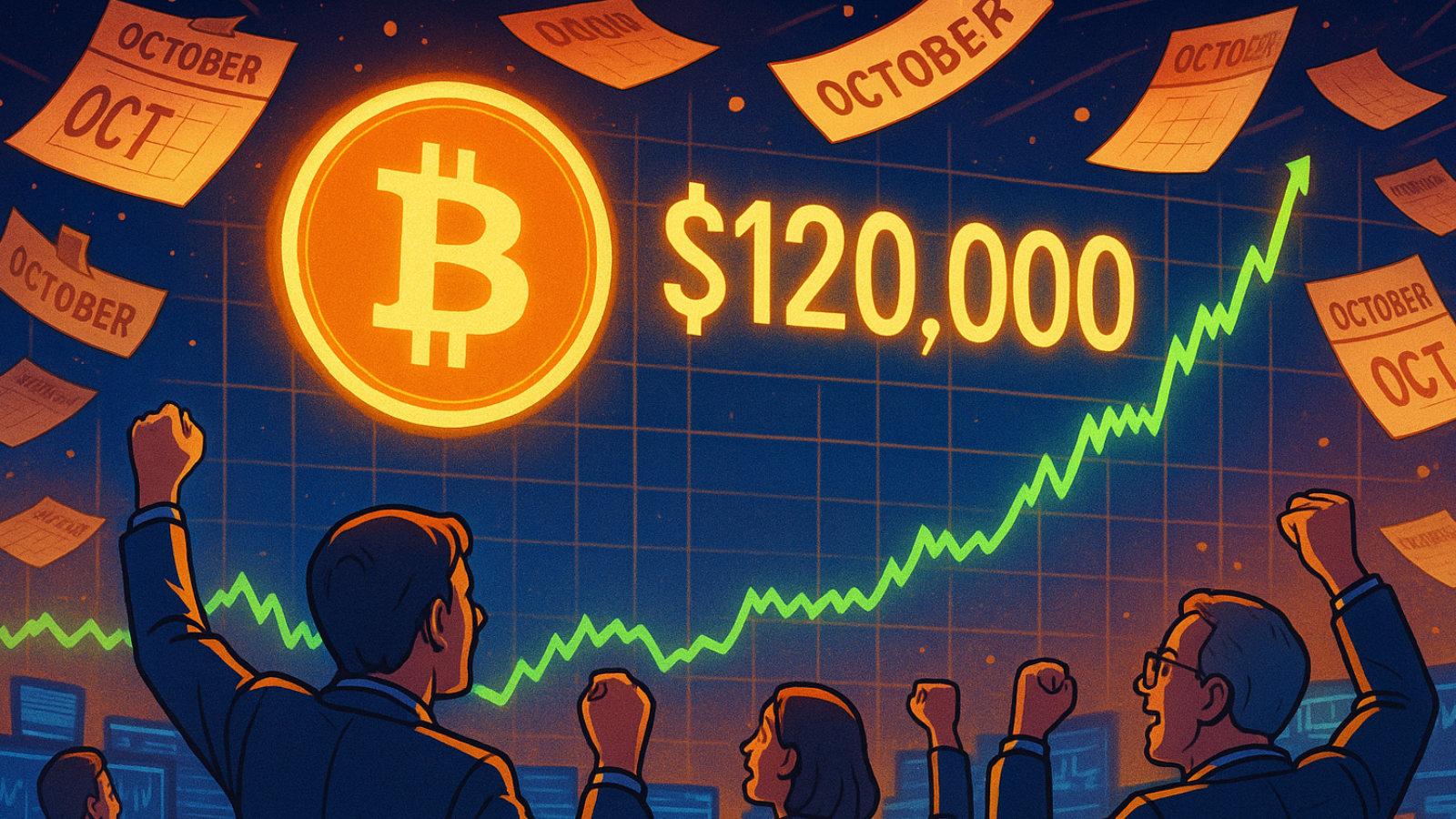
















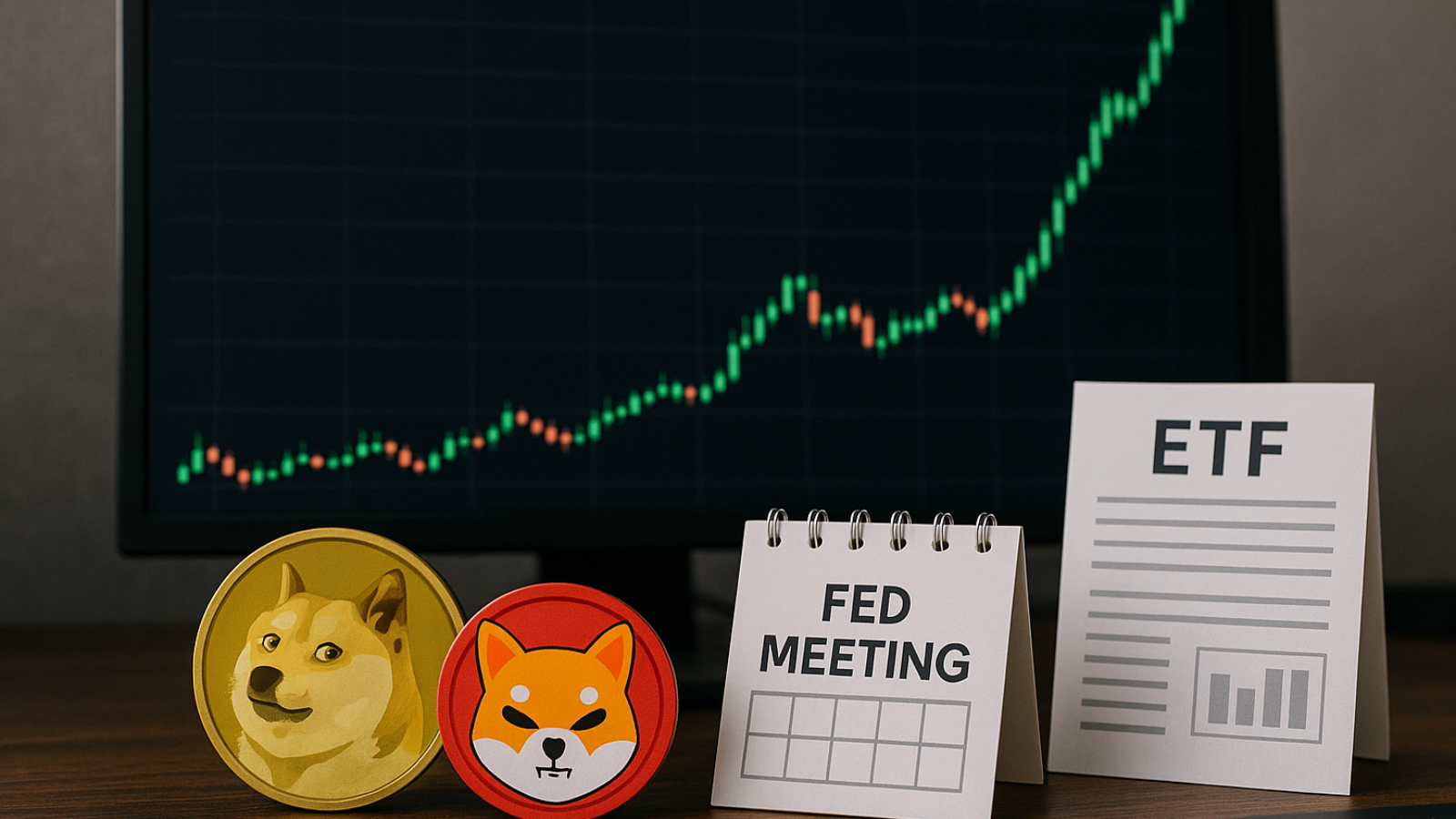


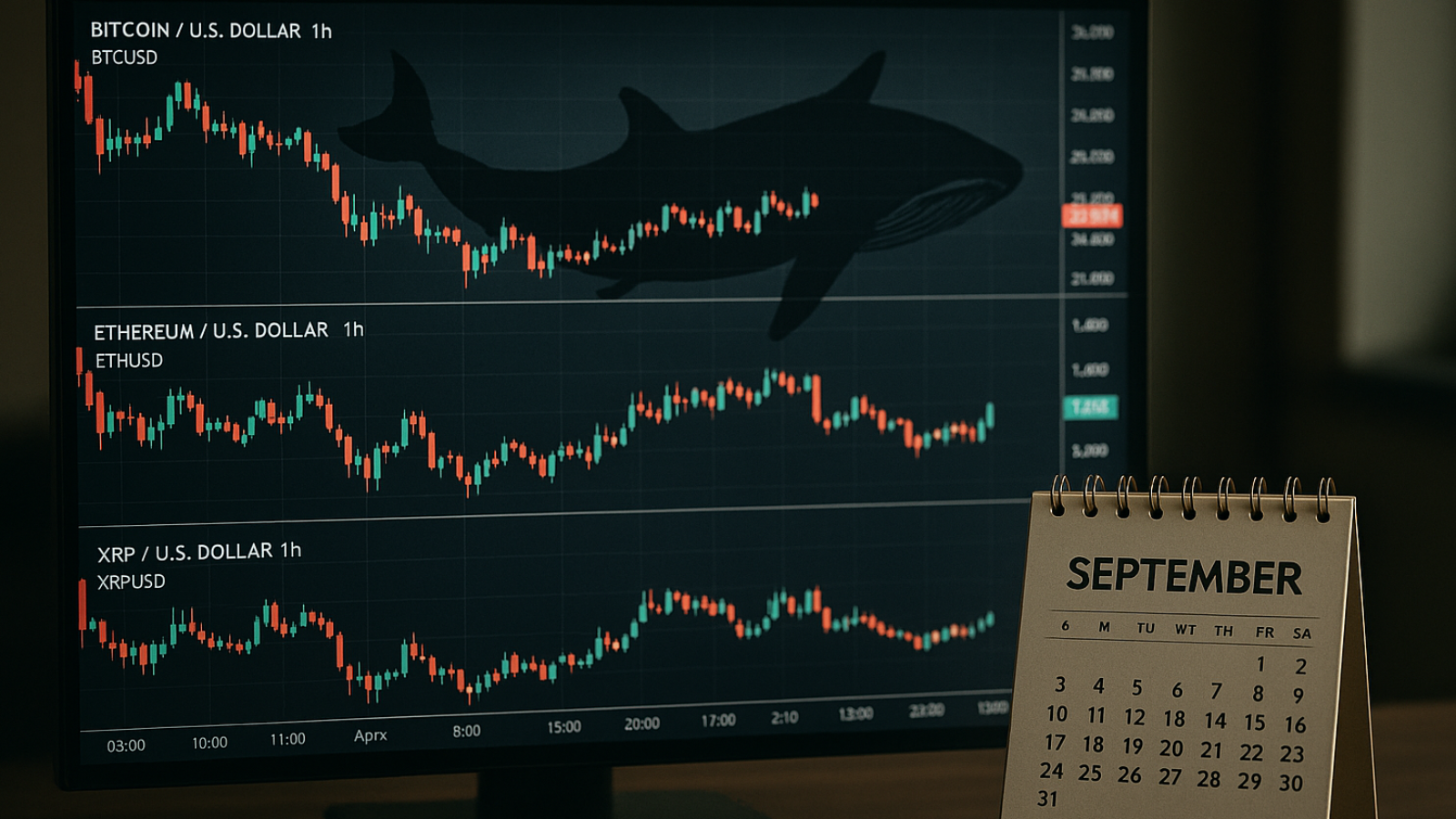





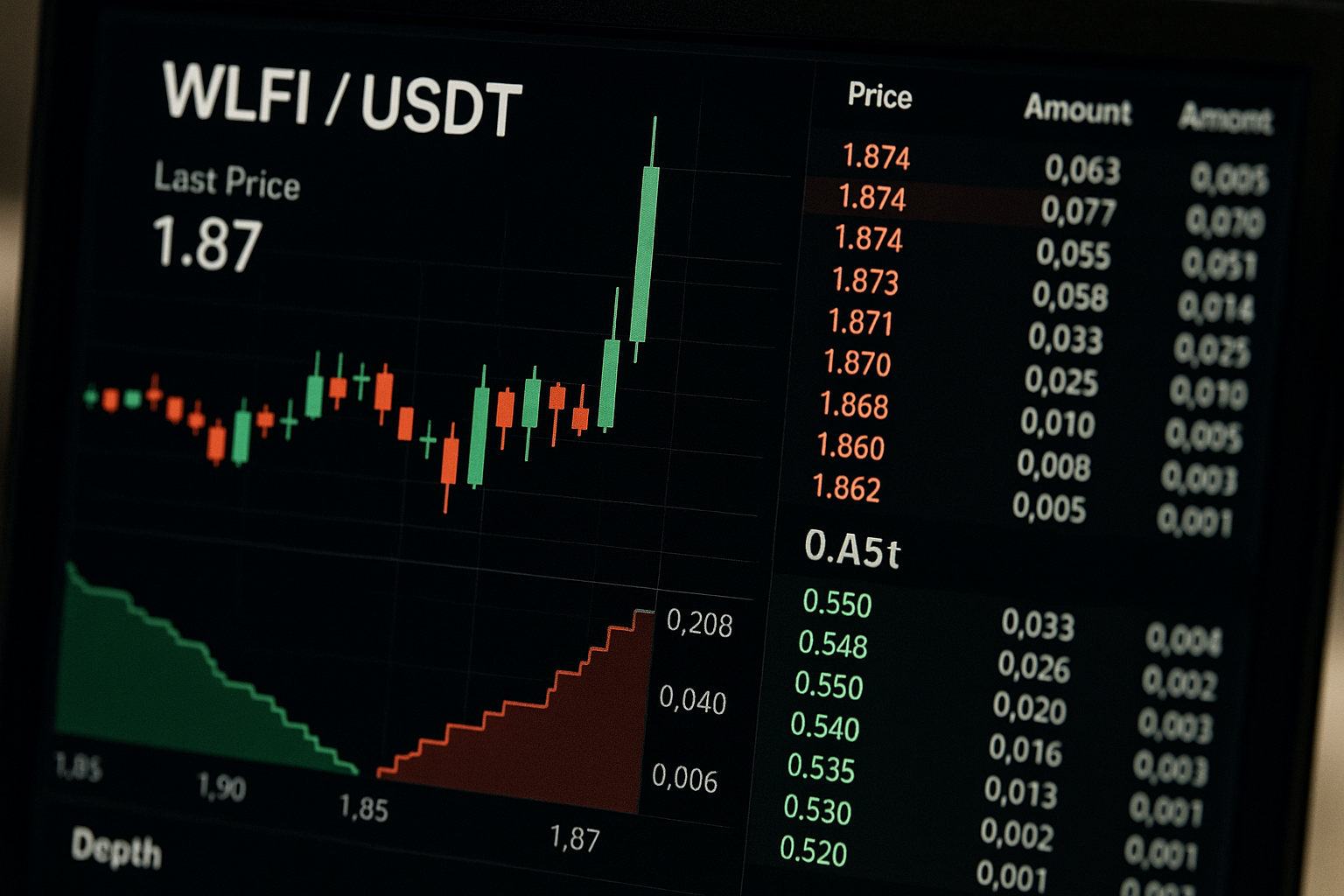


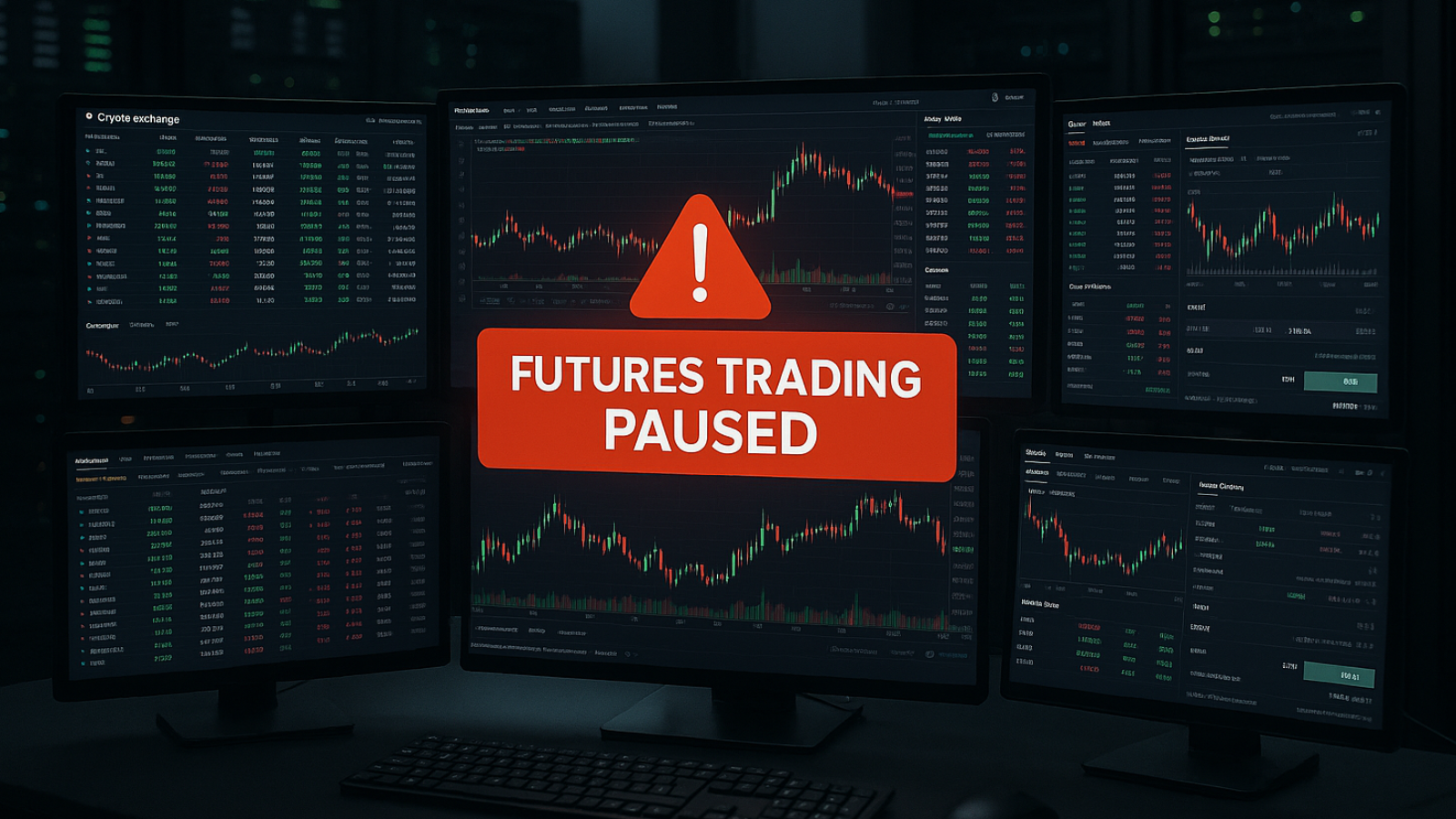

.png)
.png)



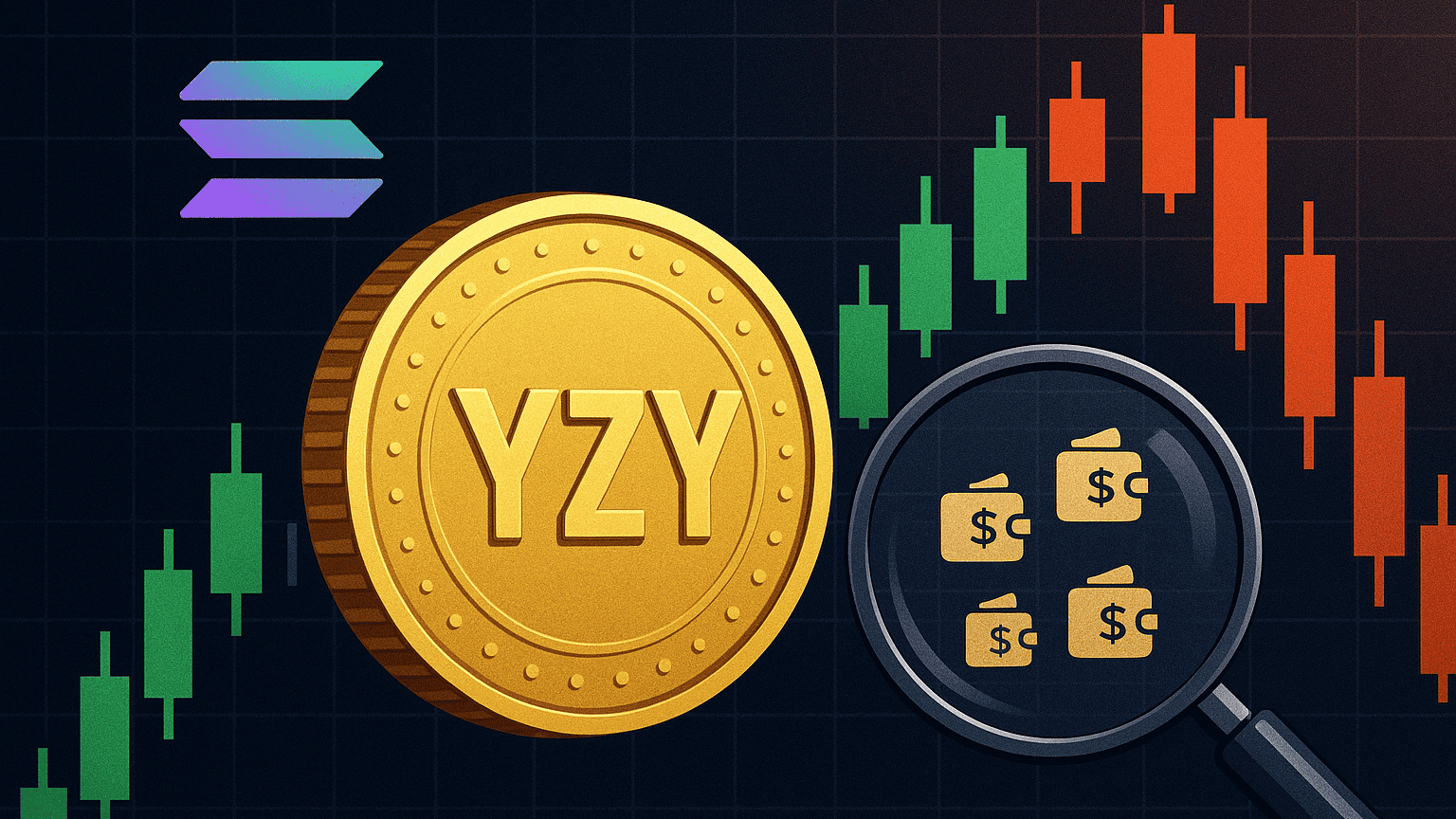





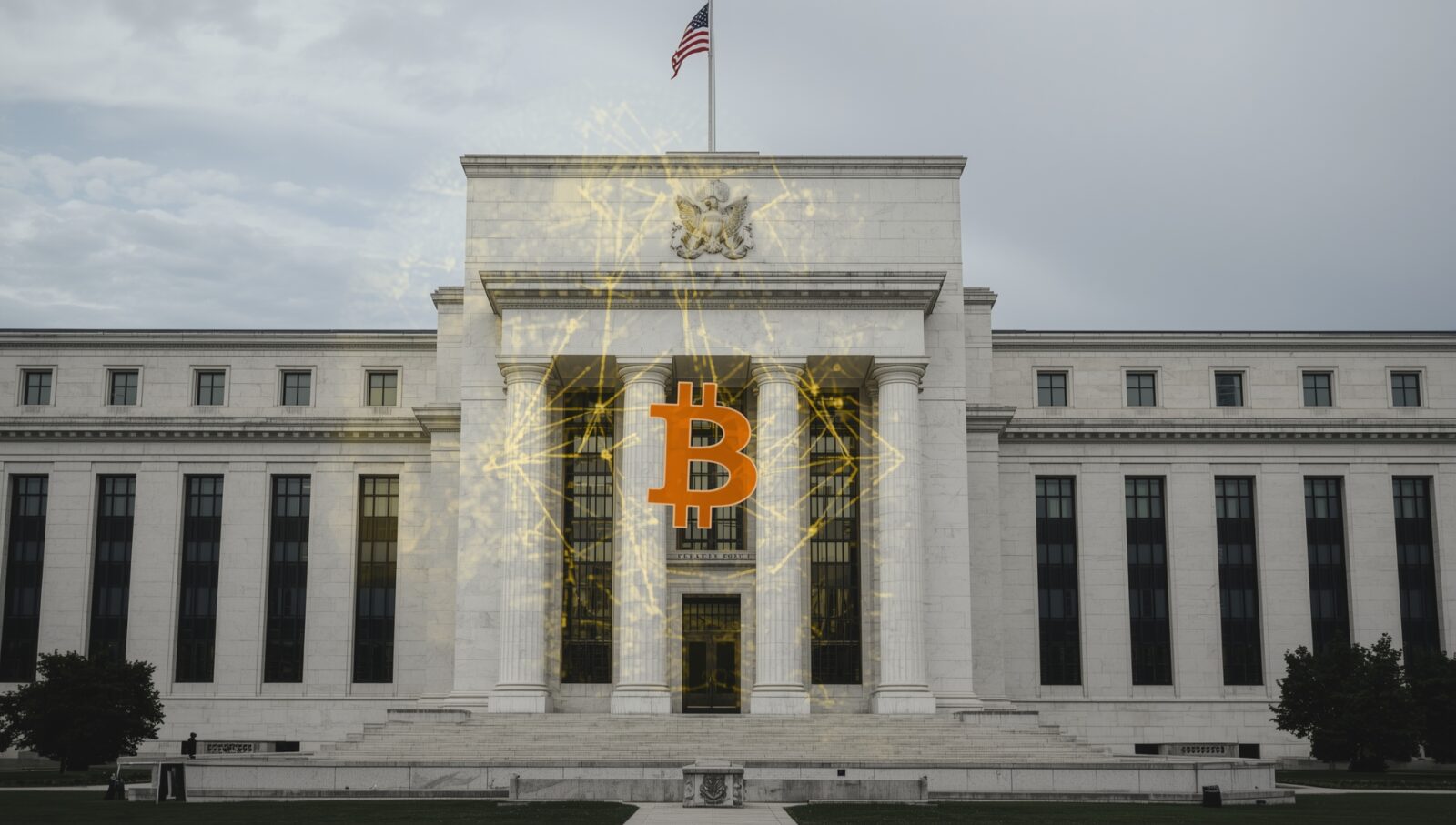



.svg)
.svg)
.svg)
.svg)
.svg)
.svg)